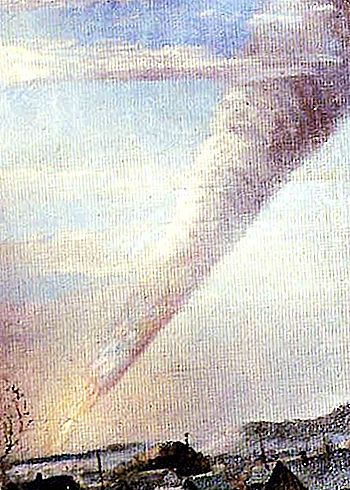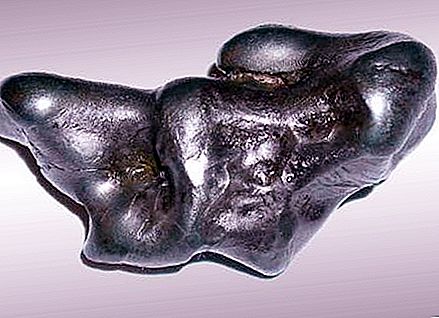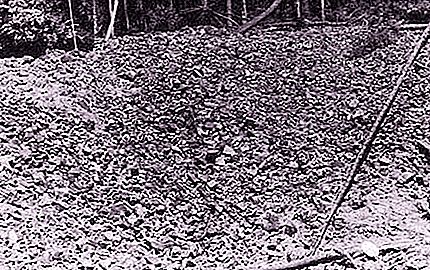On February 12, 1947, in the Primorsky Territory, hundreds of thousands of small pieces of iron fell to the ground. The cause of this disaster was the Sikhote-Alin meteorite, which fell into the earth's atmosphere and split into many parts. He became one of the largest meteorites ever to fall to Earth. In addition, this meteorite has a number of features that make it unique. For example, it has a homogeneous chemical composition, but it is not a single crystal, but consists of numerous, poorly interconnected crystals, which, probably, caused its split.

Scientific facts
The meteorite fell at 46 degrees 10 minutes north latitude and 134 degrees 39 minutes east longitude. The wreckage fell on an area of 12x4 km. It has twenty-four craters, the diameter of which is more than nine meters, as well as many smaller craters. The mass of the substance that was collected is more than twenty-seven tons. From the pre-atmospheric trajectory of the meteorite, it was possible to determine that it arrived from the central part of the meteorite belt.
The Sikhote-Alin meteorite caused the renaming of some geographical objects. Two streams located near the place of its fall, now bear the names of the Small and the Big Meteorite, the nearest village was also named in his honor. The area itself has become a natural monument.

Interesting features
In 1976 there was a funny incident associated with this meteorite. His fragment was found in a coal seam, but not in the Sikhote-Alin region, but near Donetsk, after which it was transferred to the Meteorite Commission, where it was registered as a separate one and gave it the name Maryinka. Only ten years later, when analyzing its contents, the error was discovered and eliminated, and before that, the fragment was considered the oldest meteorite on Earth.
There were several scientists who very devotedly explored the Sikhote-Alin meteorite. Among them E.L. Krinov, E.I. Malinkin, who participated in all fifteen expeditions, V.I. Tsvetkov, who also took part in them and even led some expeditions. In addition to them, academician Fesenkov, doctor of sciences Divari, geophysicists Gorshkov and Guskov, Tallinn geologists Aaloe and Kestlan, doctors of sciences Semenenko, Lavrukhin, mathematician Boyarkin and many others took part in the research - basically, these were all the scientists who studied Tunguska. Therefore, in their publications, comparisons of the two largest meteorites are often found.
Connection with the Tunguska meteorite

The Sikhote-Alin meteorite can be called in a sense the antipode of the Tunguska. For instance:
- the first flew for about five seconds, and the second for several minutes;
- the first exploded in the air, the second - hit the ground;
- on Tunguska there are no substances of the cosmic body;
- the visible path of the fireballs is 140 kilometers and 700 kilometers, respectively;
- the range of atmospheric anomalies is global in the case of the Tunguska meteorite and limited from the Sikhote-Alin.
The meteorite that fell in Sikhot-Alin is the largest in the world, but its landing was accompanied by a small number of related phenomena. In Tunguska, there are no traces of the celestial body, but there were powerful destructive phenomena during the fall.




